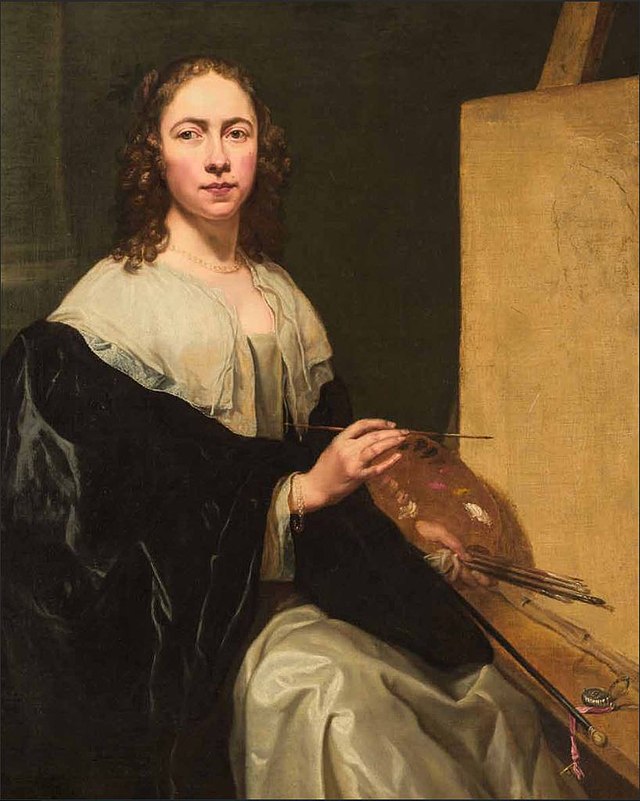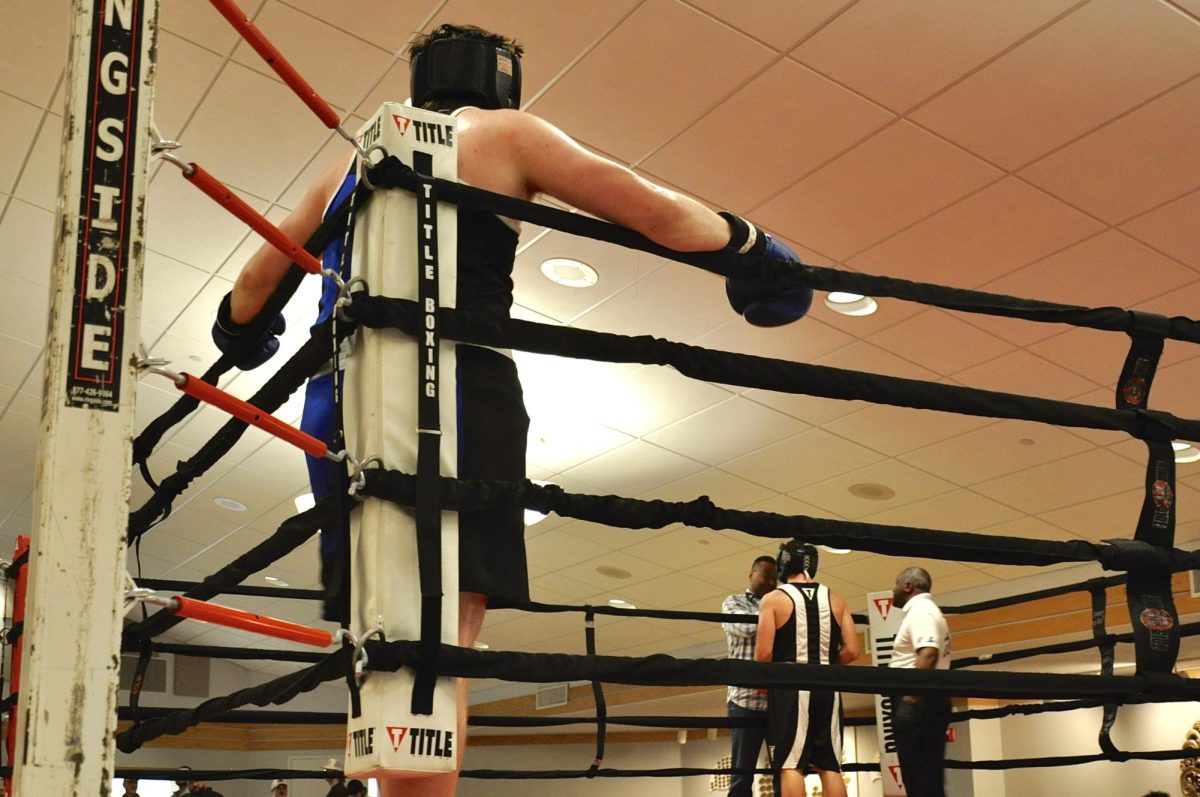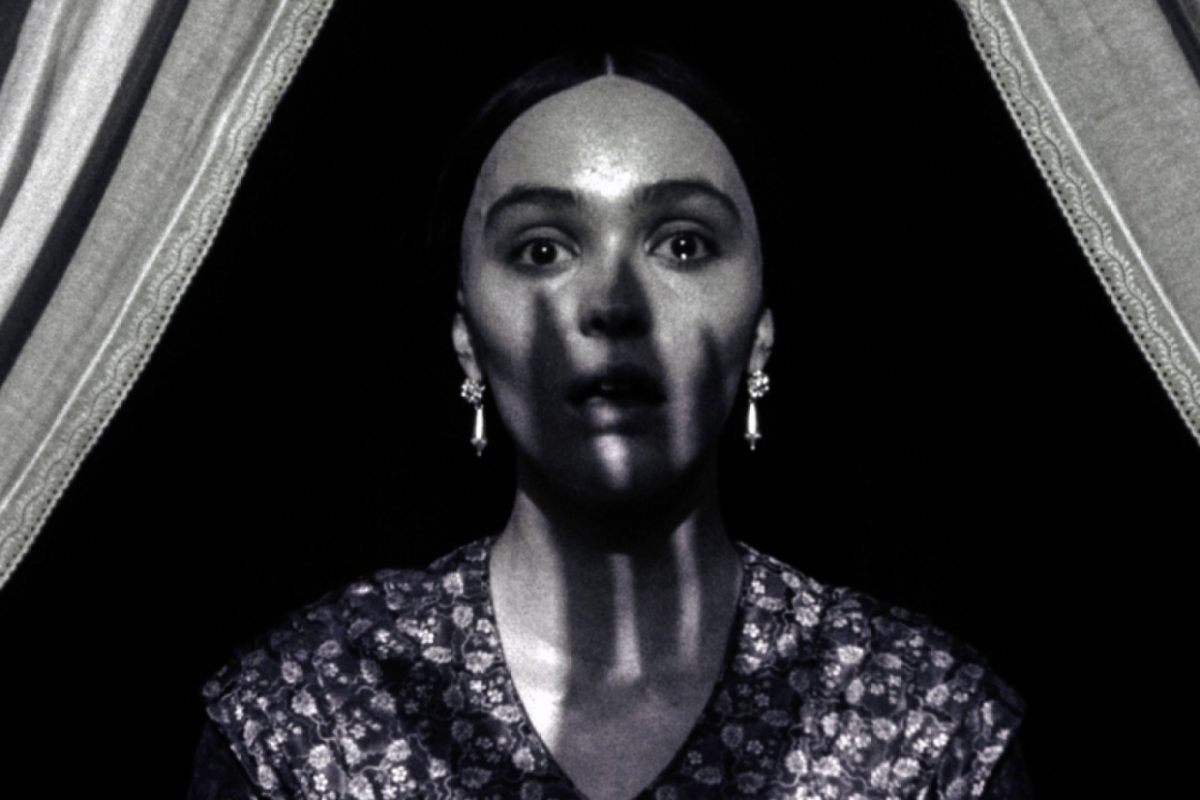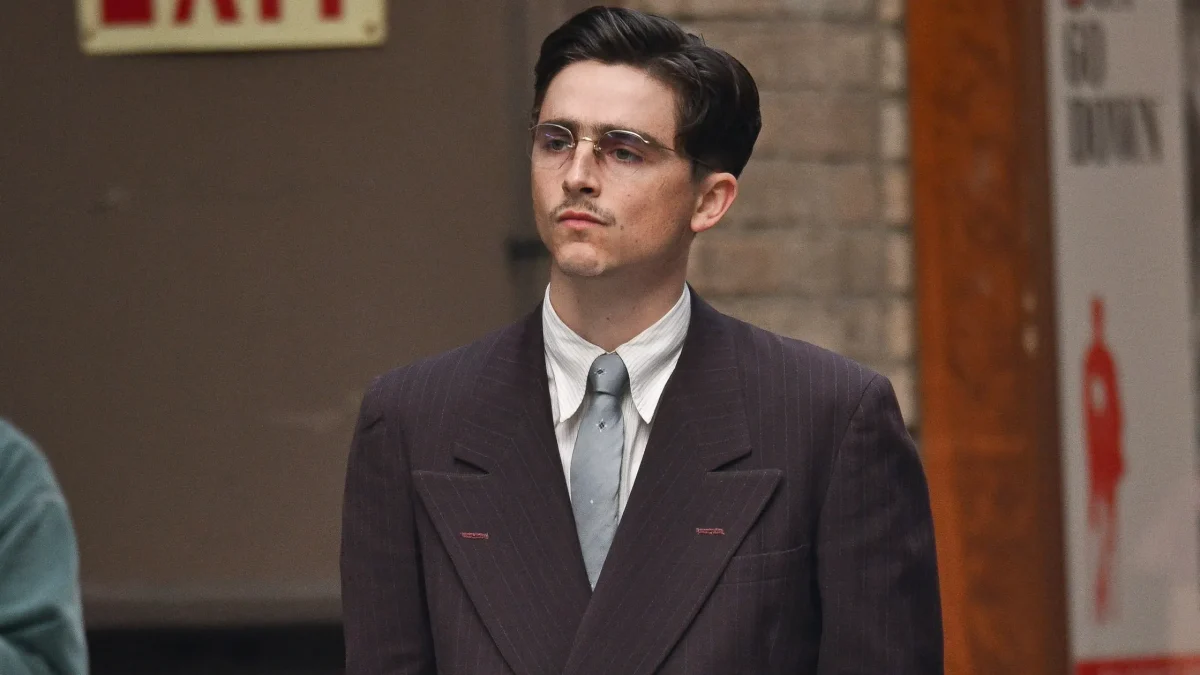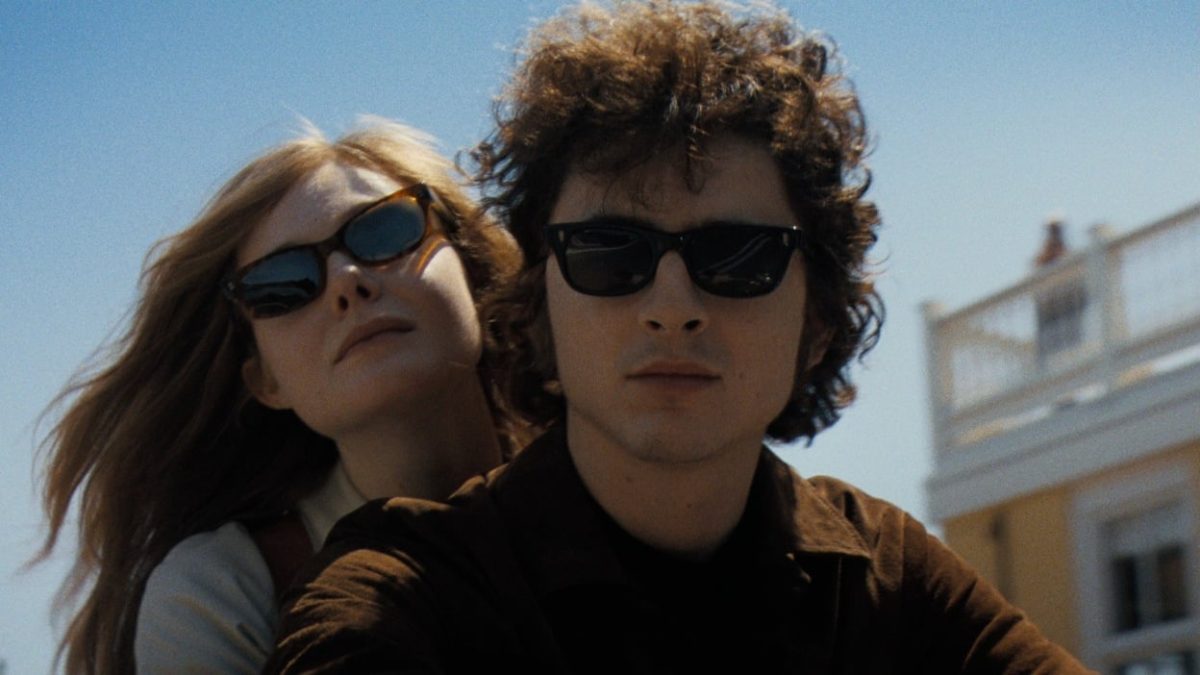On Saturday, March 23, the Saint Louis Art Museum celebrated Women’s History Month by hosting its annual Mary Strauss Women in the Arts Lecture on the discovered works of 17th-century Dutch painter Michaelina Wautier.
For centuries, the many artworks of Wautier have either been lost or miscredited to men, and it is only since the turn of the 21st Century that her works have begun to be properly attributed, thanks to decades of research by Belgian art historian, Katlijne Van der Stighelen.
Betsy Wieseman, the curator and head of the Department of Northern European Paintings at the National Gallery of Art and an expert in 17th-century Dutch and Flemish painting, presented the lecture “The Extraordinary Art and Life of Michelina Wautier.” When asked about the process Van der Stighelen went through to rediscover Wautier’s works, Wieseman said, “It’s really a lot like putting together a jigsaw puzzle, except you don’t have the photograph on the box.”
While providing biographical information on Wautier, Wieseman said that as of right now, roughly 35 paintings and one drawing are verified as Wautier’s, and that all of her works were completed between 1643 and 1659, a relatively short amount of time.
Wautier grew up with aristocratic connections and was the only girl of nine children, with one of her brothers, Charles Wautier, being a formally trained painter. She was raised in the City of Brussels, home to reigning Duke Leopold Wilhelm, who famously celebrated and collected artworks, even personally housing four of Wautier’s pieces.
“But even with these external factors in her favor, it’s Michaelina’s own ambition and drive that are truly what sets her apart,” Wieseman said.
Wieseman went on to say that while most historical female painters focused on one specific genre, Wautier produced paintings in nearly every genre: portraits, genre scenes, allegories, mythological or religious scenes and still lifes.
“Paradoxically, it’s what impresses us today most about her output: her artistic strength and the versatility of her styles and subject matter. Those factors probably contributed to her fall into obscurity over time, for it seemed impossible for that one artist, let alone a female artist, to take responsibility for such a wide range of styles and subjects,” Wieseman said.
The Farrell Auditorium, where the talk was held, only filled a quarter of its space, with approximately 80 guests, most being over the age of 40, attending. Two of these guests, Saint Louis natives Joy Christensen and Maureen Brodsky, both said that they had never heard of Michaelina Wautier before the speech, but were interested to find out more.
Christensen and Brodsky are both artists themselves and enjoy learning about art history. When asked what they took away from the talk, both women expressed how impressed they were with 17th-century Dutch painters, especially Wautier. “Their minds. Are they different from ours? I couldn’t do that… Are they better than us?” Christensen said.
When closing out her speech, Wieseman said that while many advancements have been made to Wautier’s story, there is still more work to be done.
“Throughout my talk, I tried to indicate some of the ways in which history has drawn a veil over the work of this remarkably talented and independent painter. Hopefully now, with greater respect and greater knowledge, Michaelina Wautier can secure a place among other great painters of the 17th Century.”




